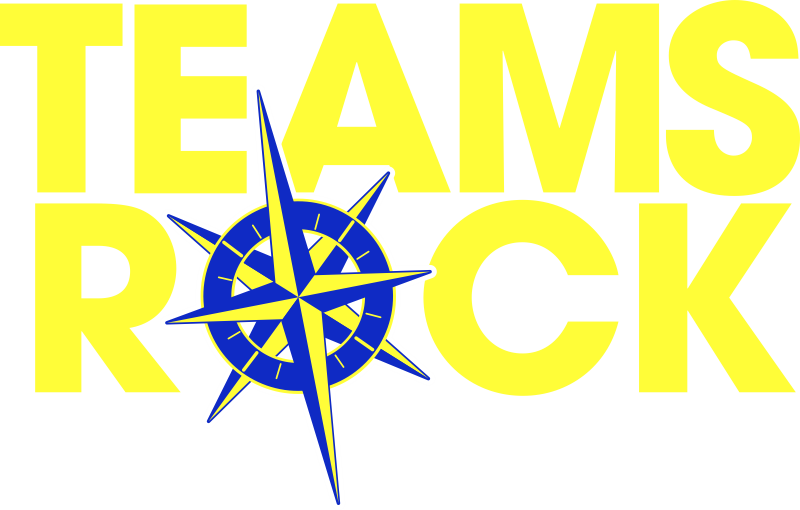Teamwork skills to increase effectiveness
One thing that can happen with team members from time to time, which can have a detrimental effect on teamwork and efficiency, is that one or more members of the team can become so focused on a single task that they lose awareness and comprehension of what is going on around them.
This can happen to any team member at any time – including the team leader!
 For example: Your team is approaching a benchmark deadline, and one team member, “Jerry,” let’s call him, has been tasked with creating a spreadsheet listing all of the completed tasks and making sure they’re coded correctly so that they will show up properly in the project tracking database. Jerry wants to do this right, so he spends all day—even several days—poring over the document. Meantime, the rest of the team has completed their required tasks to meet benchmark and are ready to move to the next part of the project. The spreadsheet task is not a show-stopper. Jerry is needed for another task in order for the project to continue, and that is holding up progress.
For example: Your team is approaching a benchmark deadline, and one team member, “Jerry,” let’s call him, has been tasked with creating a spreadsheet listing all of the completed tasks and making sure they’re coded correctly so that they will show up properly in the project tracking database. Jerry wants to do this right, so he spends all day—even several days—poring over the document. Meantime, the rest of the team has completed their required tasks to meet benchmark and are ready to move to the next part of the project. The spreadsheet task is not a show-stopper. Jerry is needed for another task in order for the project to continue, and that is holding up progress.
That’s where the A.B.E. Effect comes into play.
A.B.E. stands for “Awareness Brings Effectiveness” and nowhere is it truer than in a team environment as an important deadline approaches.
What’s needed here is for Jerry to be aware of the bottleneck. It’s important for the team leader to make him aware—to be clear that he wasn’t doing anything wrong, and that a new way needs to be found to complete the spreadsheet and integrate the information with the project database so that the actual work can continue.
Jerry, when he chats with the team leader, replies that he believed the spreadsheet task was of critical importance and needed to be finished in order to continue the project. It’s clear that a miscommunication occurred and that Jerry perceived the direction to complete the spreadsheet as taking priority over other tasks.
Like I said, this can happen to anyone!
Try this exercise to illustrate the issue. Pair up with another team member and face each other. Ask your partner to raise their right hand and extend it out in front, with all five fingers splayed upward. Then have your partner focus intently just on the space between their middle and ring finger. While they’re focusing, they should move their hand right to left and back, four or five times.
While your partner is doing all that, you stand in front of them – a few feet away – and flash three sets of numbers at them with your fingers.
Once you’re both done, ask your partner which numbers you flashed at them. It’s unlikely that they saw all of the numbers, or any of them if they were focused tightly on that space between their own two fingers.
Now both of you can see that focusing intently on one thing while other things are going on around you can reduce your awareness of those other things.
Many of today’s office tasks require almost singular focus to accomplish—something that is being popularly termed as “deep work.” It’s important to have the time and workspace to do this, and team leaders (and entire companies) need to develop a team dynamic around periods of deep focus balanced with periods where the entire team comes up for air, refocuses on the bigger picture, and adjusts to meet changing conditions.
So remember the letters A.B.E. to keep the entire team tuned in, aware and effective!
 Excerpted from One Team, One Dream by Gregg Gregory
Excerpted from One Team, One Dream by Gregg Gregory
For more information, get your copy of Gregg’s book, One Team, One Dream today! Available in both print and electronic versions!
Bring Gregg to you!
Featured seminar – Synchronize Your Team


Leave A Comment